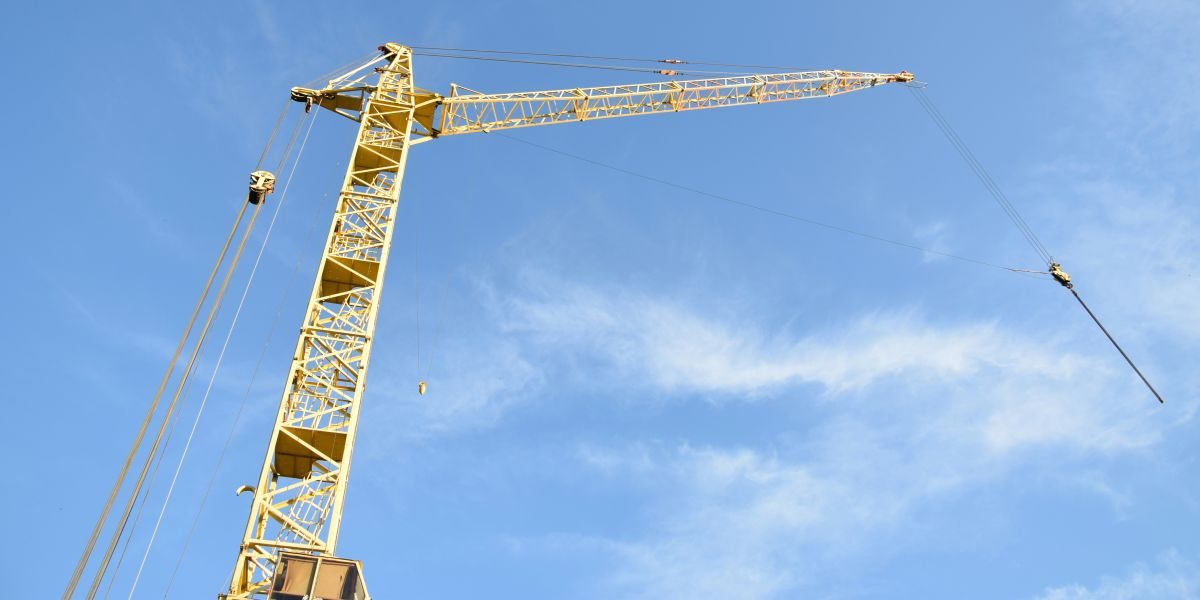Industry Background
Overhead cranes play an important role in global construction projects, port operations, mining, and energy development. With the accelerating pace of infrastructure construction and industrialization worldwide, the crane industry has shown consistent growth, with market demand continuing to expand. Manufacturers and operators are increasingly focusing on the safety, reliability, and efficiency of their equipment.
At the same time, international markets are placing greater emphasis on compliance and safety standards. For example, OSHA Overhead Crane Regulations provide clear guidelines for design, operation, and maintenance, encouraging companies to enhance efficiency while ensuring safety and regulatory compliance.
However, cranes are often distributed across multiple sites and regions, creating complex management challenges. This makes it difficult for companies to monitor equipment status, perform remote maintenance, and manage operations efficiently. Leveraging IoT, big data, and cloud computing technologies to digitalize, informatize, and intelligentize crane operations has become a growing trend in the industry.
In addition, as companies seek trusted partners to ensure both product quality and service capabilities, many turn their attention to the Overhead Crane Suppliers in China, who combine advanced manufacturing expertise with strong after-sales service. These suppliers are competitive in crane production and are also adopting intelligent solutions to meet global demand.
Pain Points
Delayed Fault Diagnosis: Equipment failures may not always be identified promptly, leading to delayed maintenance, project delays, and reputational impact.
Opaque Asset Management: Decentralized oversight makes it difficult to track equipment distribution, operational status, and asset utilization in real-time.
Underutilized Data: Large amounts of operational data are not always effectively analyzed, limiting insights for resource allocation, innovation, and service improvement.
Solution Overview
The Remote Monitoring and Intelligent Maintenance Management System for Overhead Cranes by Wutong Bolian leverages industrial smart gateways and edge computing to enable real-time data acquisition, transmission, monitoring, and analysis. The system integrates key modules such as equipment monitoring, fault alarms, intelligent maintenance, remote maintenance, remote control, and data analytics, helping companies establish a centralized and intelligent maintenance management platform.
Data is transmitted to the cloud monitoring platform via 5G/4G/WiFi/Ethernet. Coupled with big data analytics and intelligent algorithms, the system aims to improve management efficiency and provide data support for predictive maintenance, energy optimization, and product development. For widely used equipment like the 20 ton overhead crane, remote monitoring and intelligent maintenance can significantly reduce downtime and enhance operational efficiency.
System Features
Equipment Monitoring
Real-time acquisition and monitoring of key crane operating parameters (temperature, pressure, oil consumption, voltage, current, weight, tilt angle, etc.), with remote visualization via mobile or desktop devices, allowing operators to track equipment status whenever needed.
Equipment Management
Equipment distribution, operational status, and alarm information are visualized through maps and data dashboards, supporting centralized management and resource optimization while enhancing corporate image and showcasing operational scale.
Fault Alarm
Multi-dimensional alarm thresholds can be set. When operational data exceeds the thresholds, the system sends instant notifications via WeChat, SMS, or email, automatically identifying the affected equipment and the fault cause, which helps ensure rapid and accurate maintenance response.
Intelligent Maintenance
The system automatically generates maintenance work orders, tracks progress and logs in real-time, and audits maintenance outcomes. This establishes standardized, closed-loop workflows that help improve efficiency and process consistency.
Remote Maintenance
Engineers can remotely diagnose faults, perform debugging, and upload or download programs for equipment located in different regions without traveling, leading to reduced maintenance costs and improved service quality.
Data Analytics
Supports multi-dimensional data queries and intelligent analysis, leveraging big data and algorithms to provide valuable support for maintenance optimization, energy management, product development, and strategic decision-making.
Benefits
Enhanced Efficiency: Real-time monitoring and automated maintenance workflows shorten fault resolution times and minimize downtime.
Cost Savings: Remote and predictive maintenance reduce manual inspections and travel expenses, ultimately lowering overall maintenance costs.
Improved Safety: Early detection of potential faults helps prevent accidents and ensures compliance with international safety standards.
Facilitating Innovation: Data accumulation and analysis contribute to product development, service upgrades, and business model innovation.
Stronger Competitiveness: Helps manufacturers and operators enhance service capability, build brand influence, and set new industry benchmarks.
















